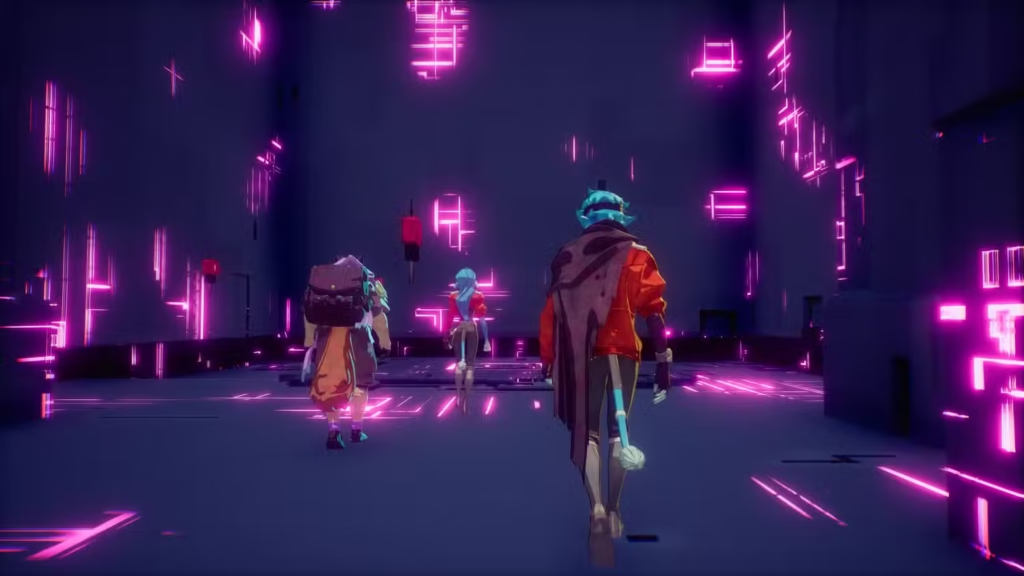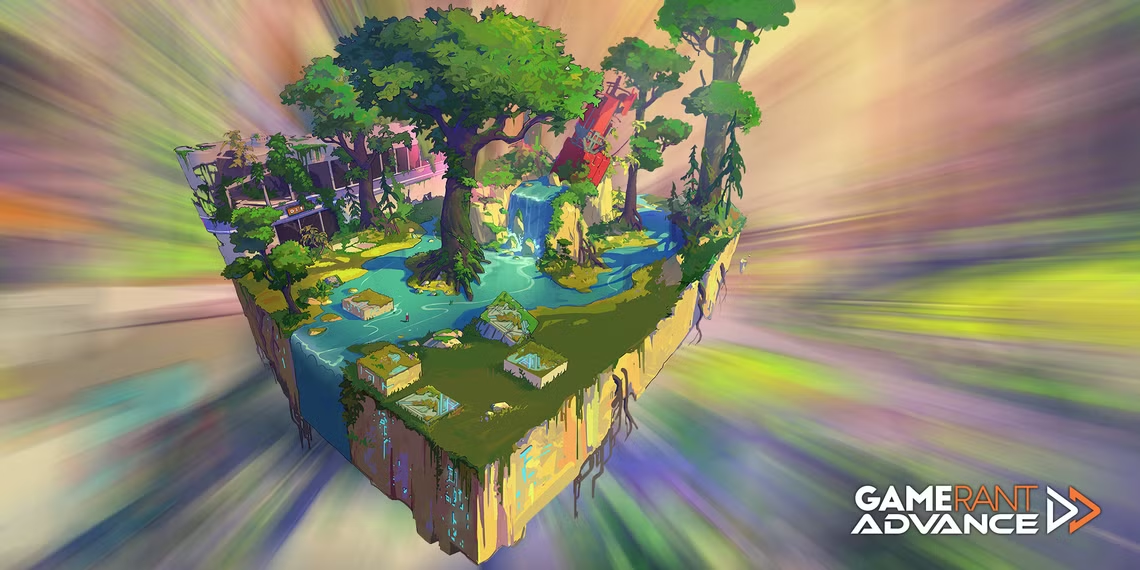It’s an understatement to say that fans have been eagerly waiting for an official sequel to Heart Machine’s groundbreaking 2016 action-adventure game, Hyper Light Drifter. Although Heart Machine released Solar Ash in 2021, Hyper Light Breaker is set to be the first genuine continuation of Hyper Light Drifter, making it one of the most highly anticipated games of 2025. To help transition from the 2D universe of Hyper Light Drifter to the 3D experience in Breaker, the Heart Machine team employed procedural generation, allowing for enhanced control over the design.
Hyper Light Breaker stands out as an action roguelike game that emphasizes open-world exploration and cooperative gameplay, marking a clear shift from the solo, reflective journey of Hyper Light Drifter. The transition to a roguelike format, which introduces elements of randomness, required careful integration with the unique environments and dungeons that fans have come to expect from the Hyper Light series. To achieve this balance, Heart Machine adopted a strategy they call “directed proceduralism.” Game Rant had the opportunity to chat with several developers from Heart Machine, including lead technical artist Len White, creative director Alx Preston, and senior designer Ben Strickland, to delve into how this concept is implemented.
Hyper Light Breaker’s Developers Break Down What “Directed Proceduralism” Means
Since the beginning, the main goal for Hyper Light Breaker has been to create an open-world roguelike experience within the Hyper Light universe. Shifting from a 2D single-player format with meticulously designed environments to a 3D, open-world co-op game with ever-changing elements was a significant challenge. Preston highlights that the initial phase of development concentrated on establishing essential combat mechanics and, crucially, procedural generation systems, determining which aspects could be uniquely crafted and which would rely purely on mathematical processes.

To tackle this issue, White explains how the team developed a method known as “directed proceduralism.” In this approach, they set particular parameters that the procedural generation algorithms then use to create and randomize content.
“Not having absolute control of where everything ends up in the world is a big challenge of procedural generation. Making sure combat and traversal through the world are not handicapped by randomized terrain and placement of…environmental assets required a lot of iteration and tuning of our algorithms and data. We developed a system of directed proceduralism that let us design very rough layouts for maps that would then be procedurally fleshed out to final form.”
This involves important spots such as a Crown’s Arena and a prism, influenced by various elements like biomes. It also includes mapping out the world beyond those areas and gradually filling it in. While it may seem straightforward, there’s actually a lot of intricate work happening behind the scenes during each cycle and run of Hyper Light Breaker.
White emphasizes that using procedural generation was crucial for Heart Machine to achieve their vision of an open-world roguelike. The team aimed to find a balance between the immense variety it offers and the control it limits. While Hyper Light Breaker employs procedural generation to provide new environments with each playthrough, the underlying rules for these creations are carefully crafted by the designers at Heart Machine, who honed their approach through early experiments.
“…procedural generation really forces you to think about the rules of the world…We never want to exert so much control that we force every seed into the same shape, but we also need some safeguards.”

